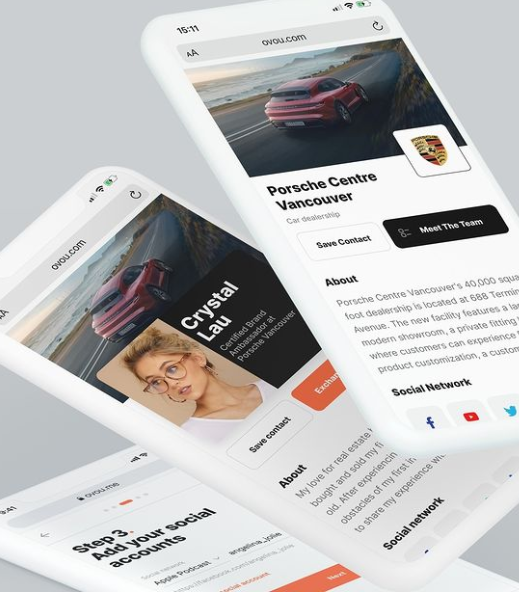A mobile device profile refers to a detailed description of the characteristics, specifications, and capabilities of a particular mobile device. Mobile app developers use device profiles to optimize their applications for different devices and ensure a consistent user experience across a variety of platforms. Here are some key elements to consider when creating a mobile device profile for app development:
- Device Information:
- Screen Details:
- Screen Size: Include information about the screen size in inches or pixels.
- Resolution: Specify the screen resolution in pixels, which affects the display quality.
- DPI (Dots Per Inch): Include the screen density, as it influences the clarity of the display.
- Performance Specifications:
- Processor (CPU): Specify the type and speed of the device’s central processing unit (CPU).
- RAM (Random Access Memory): Include the amount of RAM available on the device.
- GPU (Graphics Processing Unit): Specify the GPU details for graphics-intensive applications.
- Storage:
- Internal Storage: Specify the amount of internal storage available on the device.
- External Storage: Indicate if the device supports external storage options like SD cards.
- Connectivity:
- Network Connectivity: Specify the supported network types (2G, 3G, 4G, 5G).
- Wi-Fi: Include details about Wi-Fi standards supported (e.g., 802.11ac).
- Bluetooth: Specify the Bluetooth version and capabilities.
- NFC (Near Field Communication): Indicate if the device supports NFC.
- Sensors:
- Identify the sensors available on the device, such as accelerometer, gyroscope, GPS, proximity sensor, ambient light sensor, etc.
- Camera:
- Primary and Secondary Cameras: Specify the resolution and capabilities of both front and rear cameras.
- Camera Features: Include details about autofocus, flash, and other camera features.
- Battery:
- Specify the battery capacity and type (e.g., lithium-ion) of the device.
- Include information on charging capabilities (e.g., fast charging).
- Software and OS Features:
- Specify the version of the operating system and any customizations made by the device manufacturer.
- Include information about supported APIs and features that are unique to the operating system.
- Form Factor:
- Specify the physical characteristics of the device, such as weight and dimensions.
By creating detailed mobile device profiles, developers can tailor their applications to the specific capabilities and limitations of various devices, providing users with a seamless and optimized experience. Additionally, understanding device profiles is crucial for testing and ensuring compatibility across a diverse range of mobile devices.
You would also like to read about Data Mining.

